

Lavandin is a family of stunning lavender hybrids.
Key lavandin facts:
Name – Lavandula hybrida (hybrid)
Parents – L. latifolia x angustifolia
Common – lavandin, dutch lavender
Family – Lamiaceae
Type – Herb sub-shrub
Height – 24-48 inches (60 to 100 cm)
Exposure – full sun
Soil: ordinary, well drained – Foliage: evergreen – Flowering: early summer
The abundant productive flowers hint as to why it’s a favorite of professional growers. It’s a key ingredient in assembling perfume. It’s also an easy plant to extract essential oil from.
Lavandin appreciates well-draining, light and even poor soils. It can grow more or less anywhere, but is vulnerable when temperatures drop below 19°F (-7°C) in winter.
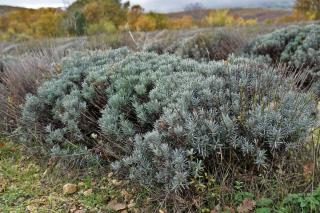
As for all other types of lavender, lavandin fears moisture. Never should the root clump wallow in sitting water.
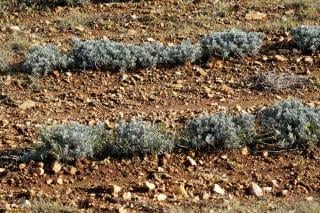
As a consequence, the only way to propagate it is through cuttings or layering. Here’s how to layer lavandin.
Pruning lavandin is possible, but must be exclusively performed on growth that still bears leaves. If you prune back to old wood, it won’t grow back…
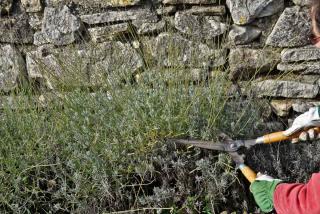 If your climate zone has mild winters, you can also prune your lavandin bush in fall.
If your climate zone has mild winters, you can also prune your lavandin bush in fall.Cut lavandin flowers are an excellent way to perfume clothes and laundry.
Lavandin is vulnerable to harsh freezing, 19°F (-7°C), and can’t survive over long spells of deep cold.
Easy to care for, lavandin only requires reduced watering in case of high temperatures.
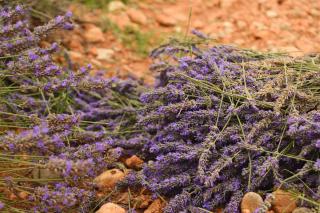
The perfume industry boomed in the 1950s and required large amounts of essential oil. This triggered planting of vast fields of lavandin. Since this hybrid lavender produced much more essential oil than normal lavender, lavandin quickly gained appeal. It boasts both high quality essential oil and an impressive yield. At home, you can easily transfer oil compounds to carrier oils by infusing the lavandin flowers.
Today, lavandin is the most cultivated family of lavender in the world.
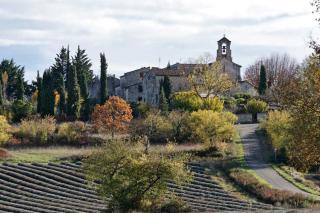
A very cute plant, this sub-shrub also symbolizes French Provence and the Mediterranean sun. Everyone now recognizes its lovely typical fragrance. Naturally, lavandin is a favorite when creating lavender wands, perfume, scented candles, and essential lavender oils.
Lavandin is among the older lineages of plants with traceable genetics. There are four main types of lavandin:
The most famous variety of lavandin is the ‘Grosso’ cultivar. Other notable ones are:
Read also:
This extremely melliferous plant will attract dozens of honeybees to your garden. They’ll patronize your whole garden and pollinate any and all available flowers!